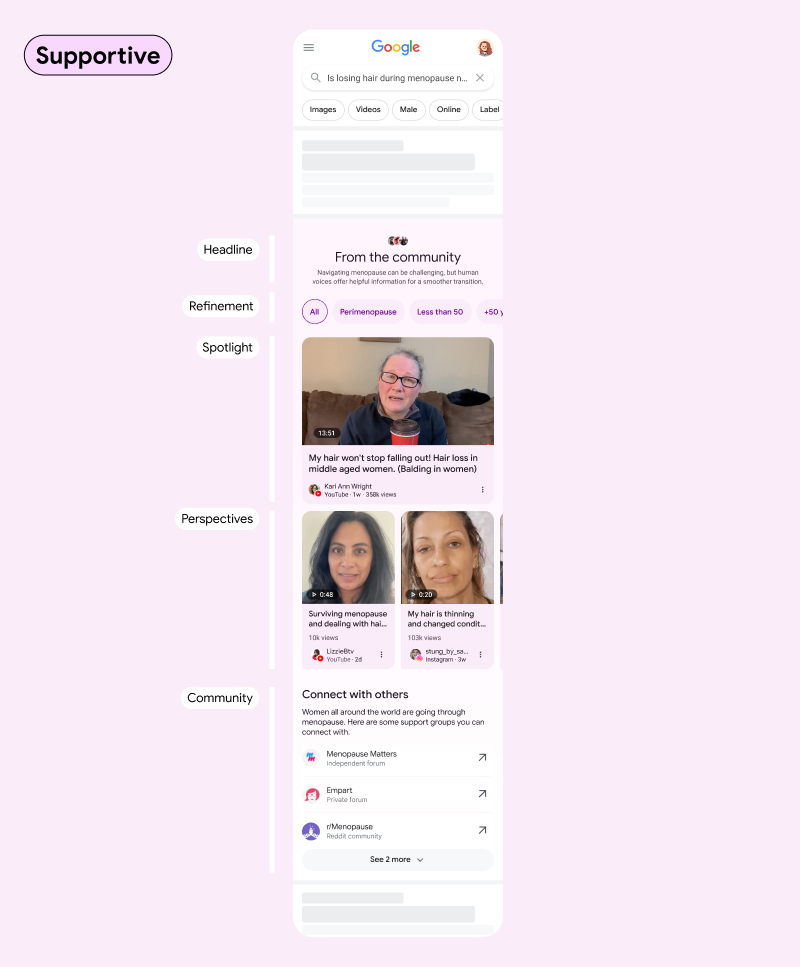CaLM for Google Search
Empowering informed decisions for life's big moments.

Based on a combination of internal Google research and our own independent studies, we conducted an in-depth exploration into the perspectives of individuals living with chronic or terminal illnesses and their caregivers. This research led to three key insights:
- [connect_without_contact] Patients and caregivers actively seek peer support, yet face significant barriers in discovering and connecting with authentic communities. This often results in feelings of isolation and a lack of access to shared experiences and advice.
- [developer_guide] Users want to educate themselves on their conditions but find existing scientific and official resources overwhelming and impersonal. They struggle to contextualize complex medical data and feel disconnected from the human aspect of their diagnosis.
- [explore] Individuals are looking for a comprehensive roadmap for their condition. They want to understand not only the biological aspects, but also the societal, economic, and legal steps involved in navigating their new health reality.
These insights informed our strategic decision to evolve the Google Search health experience. Our goal was to create a solution that was Genuine, Resonant, Empowering, and Contextual, allowing users to feel truly understood and connected throughout their health journey.


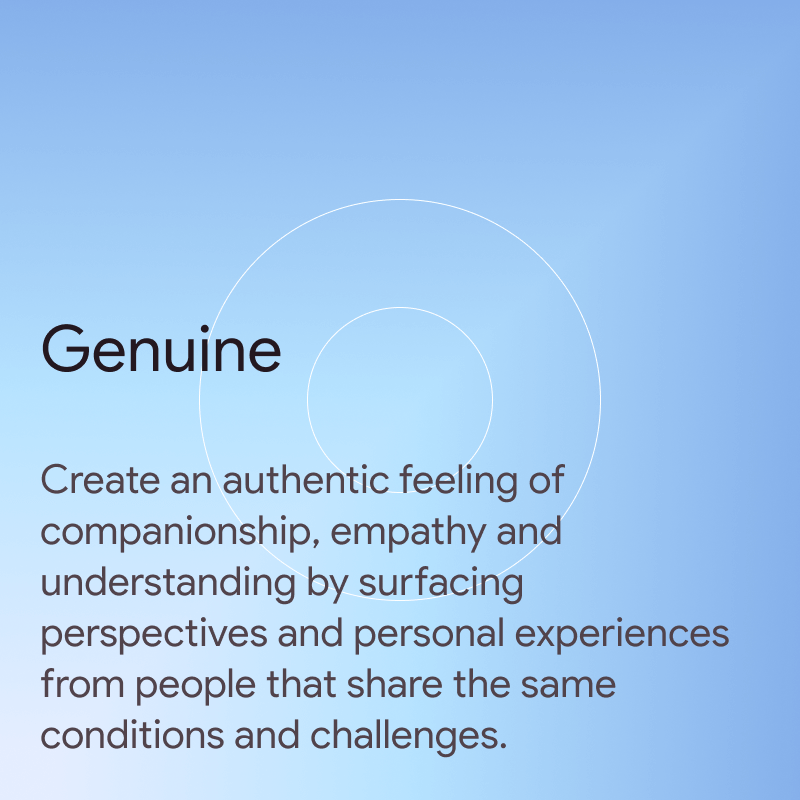


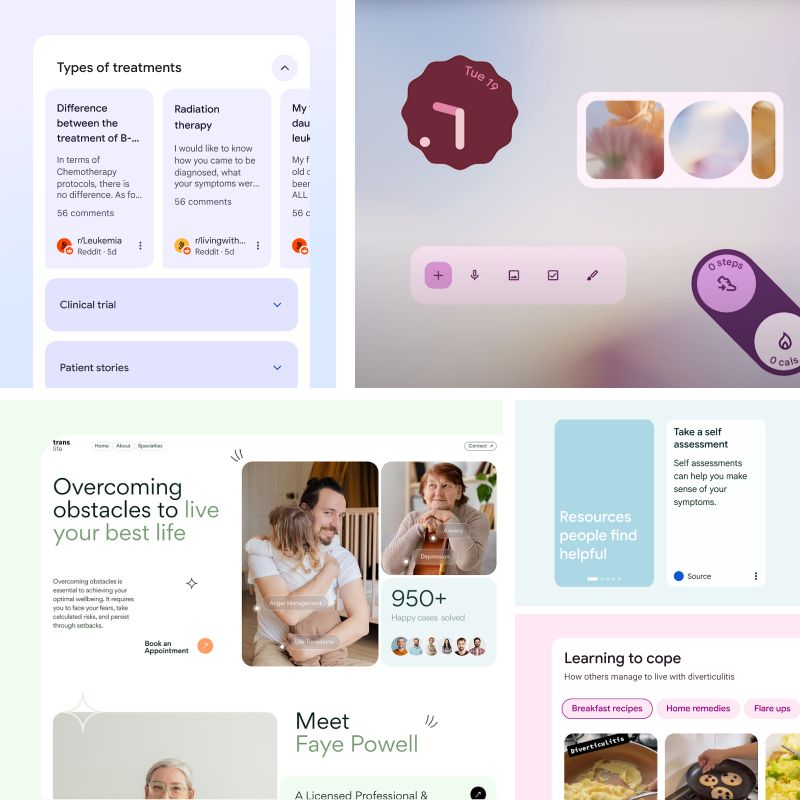

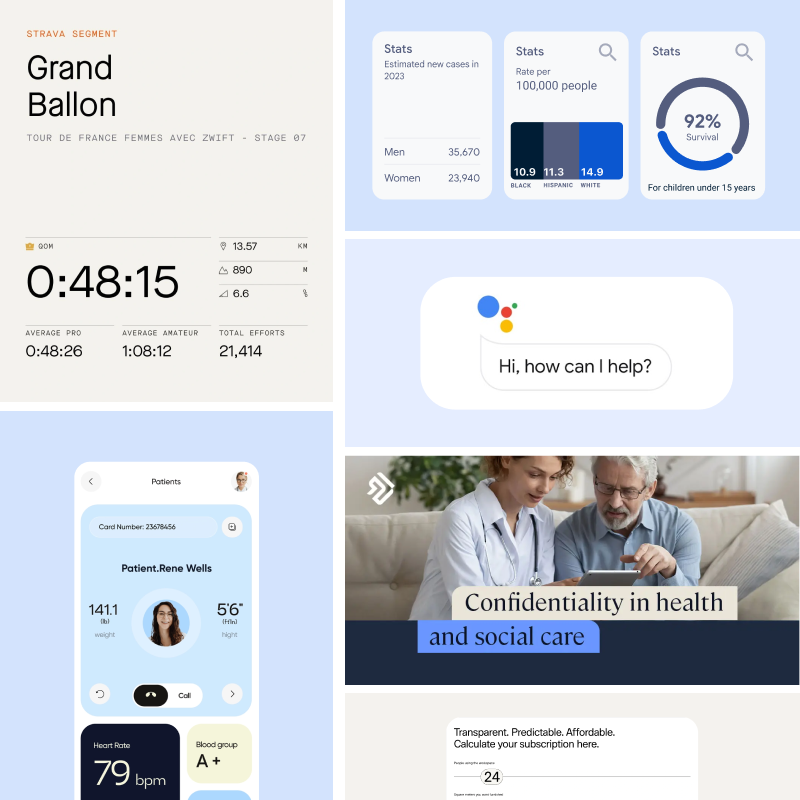
Analyzing the archetypes, we discovered common threads in their search experience needs and desires. This insight led us to define four core pillars for the ideal health search experience: Resonant, Genuine, Empowering, and Contextual.
These pillars served as our guiding principles. We explored existing visual and user experience design elements within and beyond Google that embodied these attributes. This exploration provided a roadmap for crafting the look and feel of the search experience.

Leveraging the user archetypes and experience pillars, we began exploring the search experience. Due to time constraints, we explored content strategy concurrently. This resulted in diverse explorations, some focusing on empowering users to delve deeper into their conditions or take action on information. Others prioritized calming user anxiety or facilitating immediate connection with support resources.
However, client feedback led to a course correction. While initially preferring solely user-generated content, the client now desired a mix of user and official sources. Additionally, the preference shifted from large, organized modules to modular components that could function independently or together.
This required us to revisit the drawing board and develop a more specific framework. This framework would guide the creation of targeted, practical designs that effectively addressed the user archetypes and experience pillars we established.
By prioritizing user needs, we identified a previously unconsidered aspect of the experience: the need for balance between individual understanding and social connection. On one hand, users sought to grasp and manage their condition independently. On the other hand, they craved a sense of community and connection with others who shared their experiences.
This realization allowed us to develop specialized components and modules that addressed these distinct needs. This modular approach created a flexible network that could deliver targeted support, empowering users to cope and thrive on their health journeys.



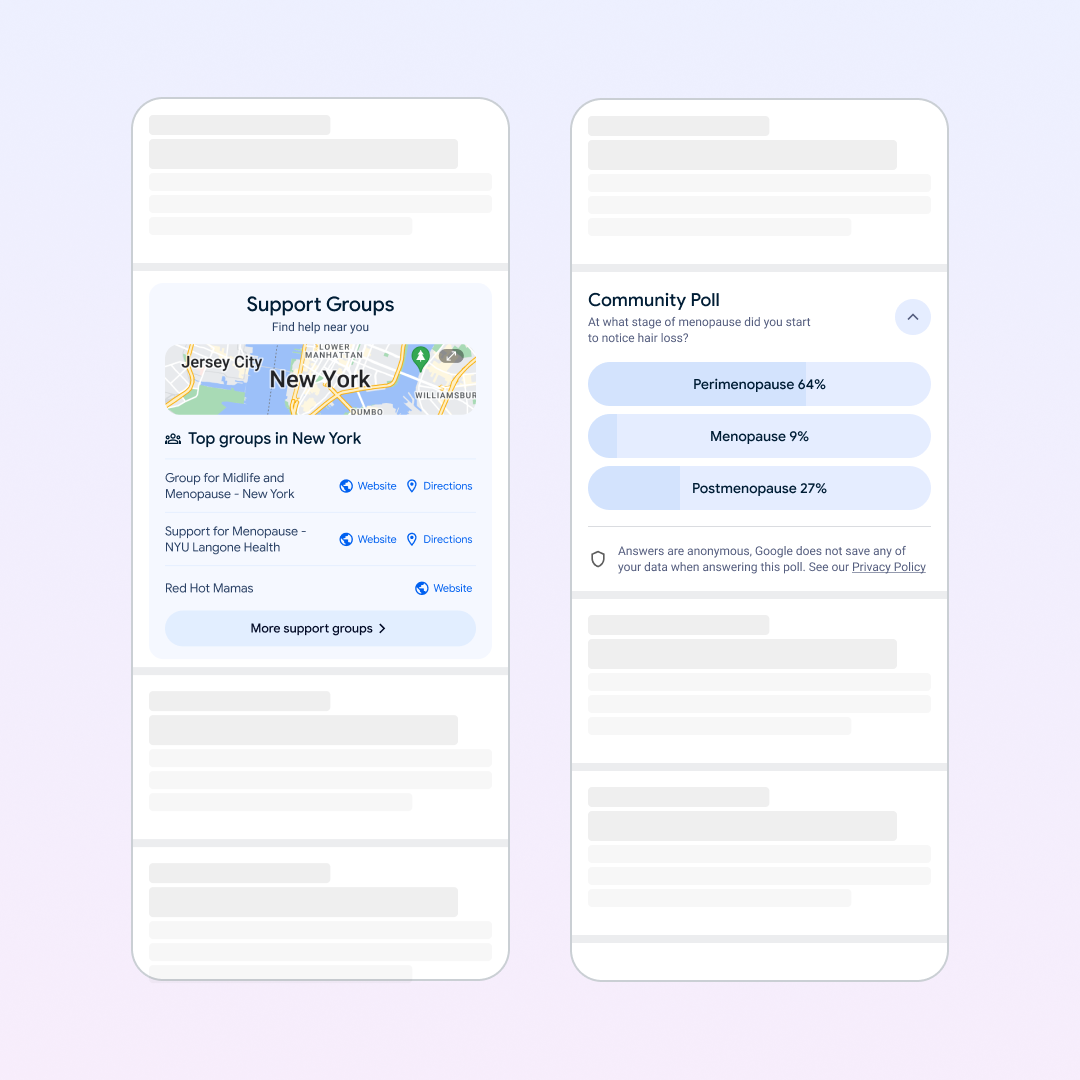
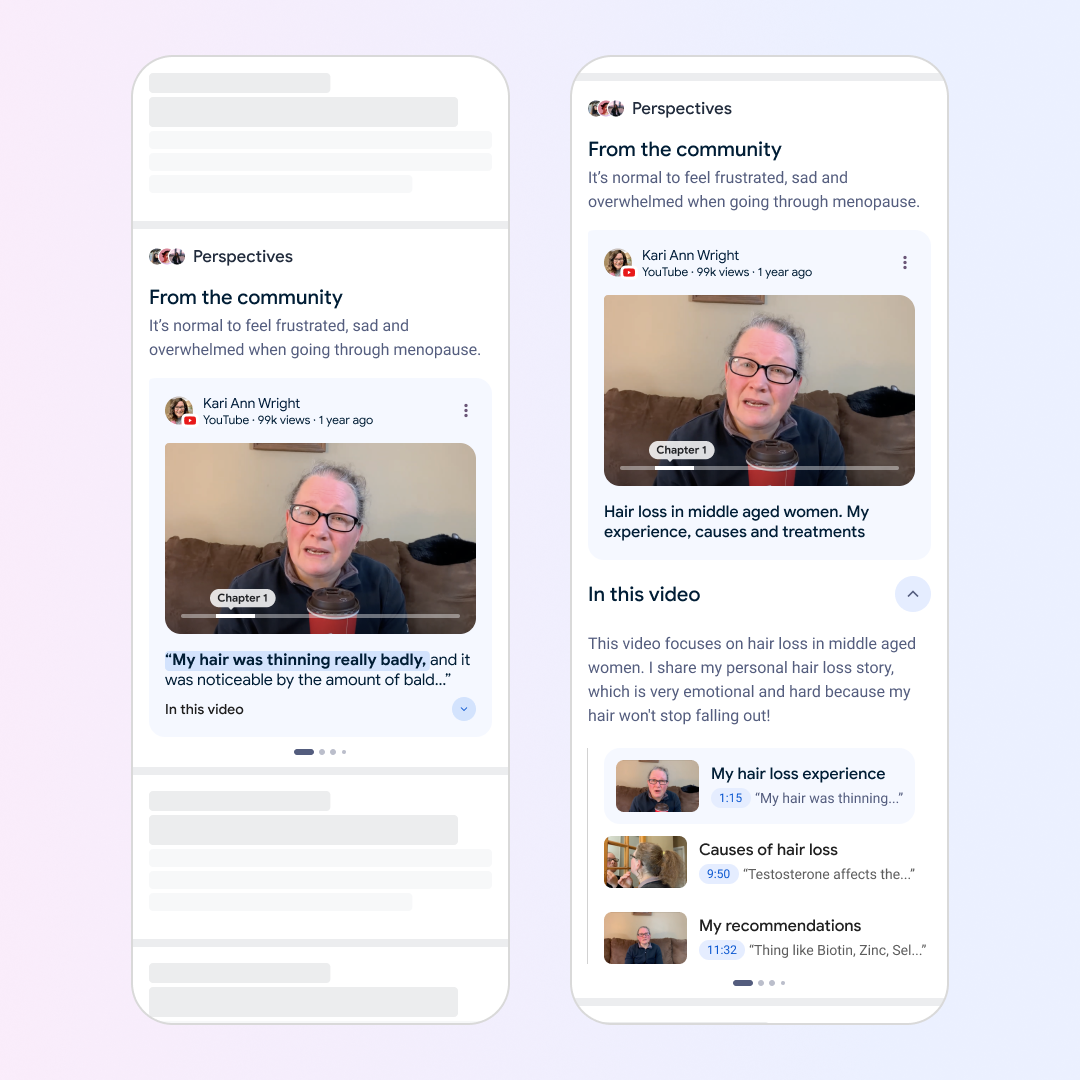

Learnings
- Specificity allows for better results as it grounds ideas to concrete definitions.
- Content strategy doesn't have to be apparent in the design if the framework is thought out thoroughly.
- When exploring, safe is not a good course of action as it prohibits the generation of new and exciting ideas. Go for the moon first and then go down from there.

